Lesson summary
Students will learn about native foods and botanicals, and how they are better suited to Australian soils and climate than European crops. They will look at how native plants can be grown using regenerative farming techniques to satisfy consumer needs and ensure food security in the future.
Learning intentions:
Students will...
- recognise what native foods and botanicals are and why they could be considered an untapped resource
- understand how the combination of regenerative farming and the growing of native foods and botanicals could be beneficial to consumers and the environment.
Success criteria:
Students can...
- discuss the pros and cons of using native plants for food and botanicals
- describe how growing more native plants for food and botanicals can contribute to the diversity of agricultural practices in Australia
- discuss the benefits and challenges of regenerative farming to producing native foods and botanicals.
Lesson guides and printables

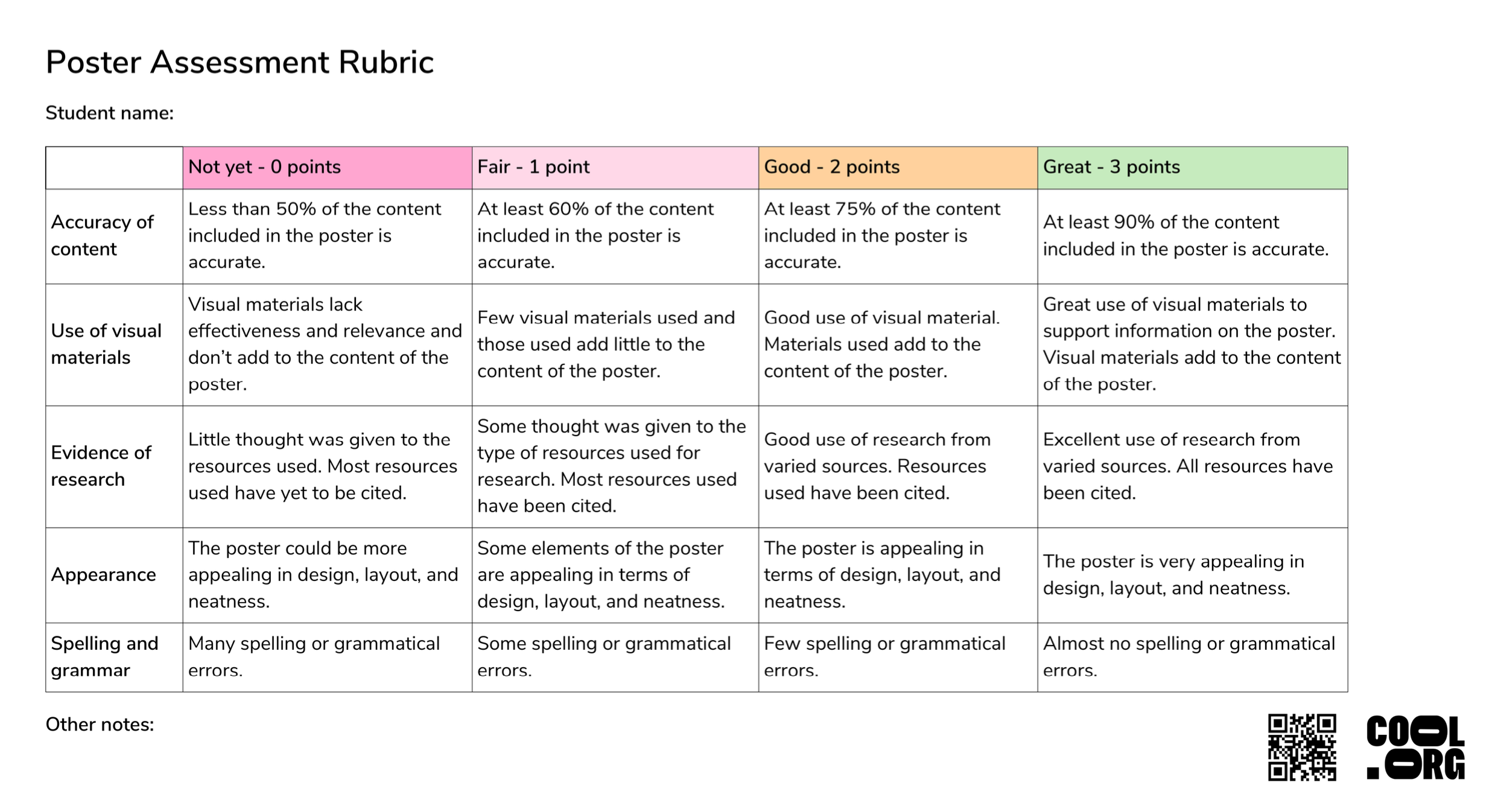
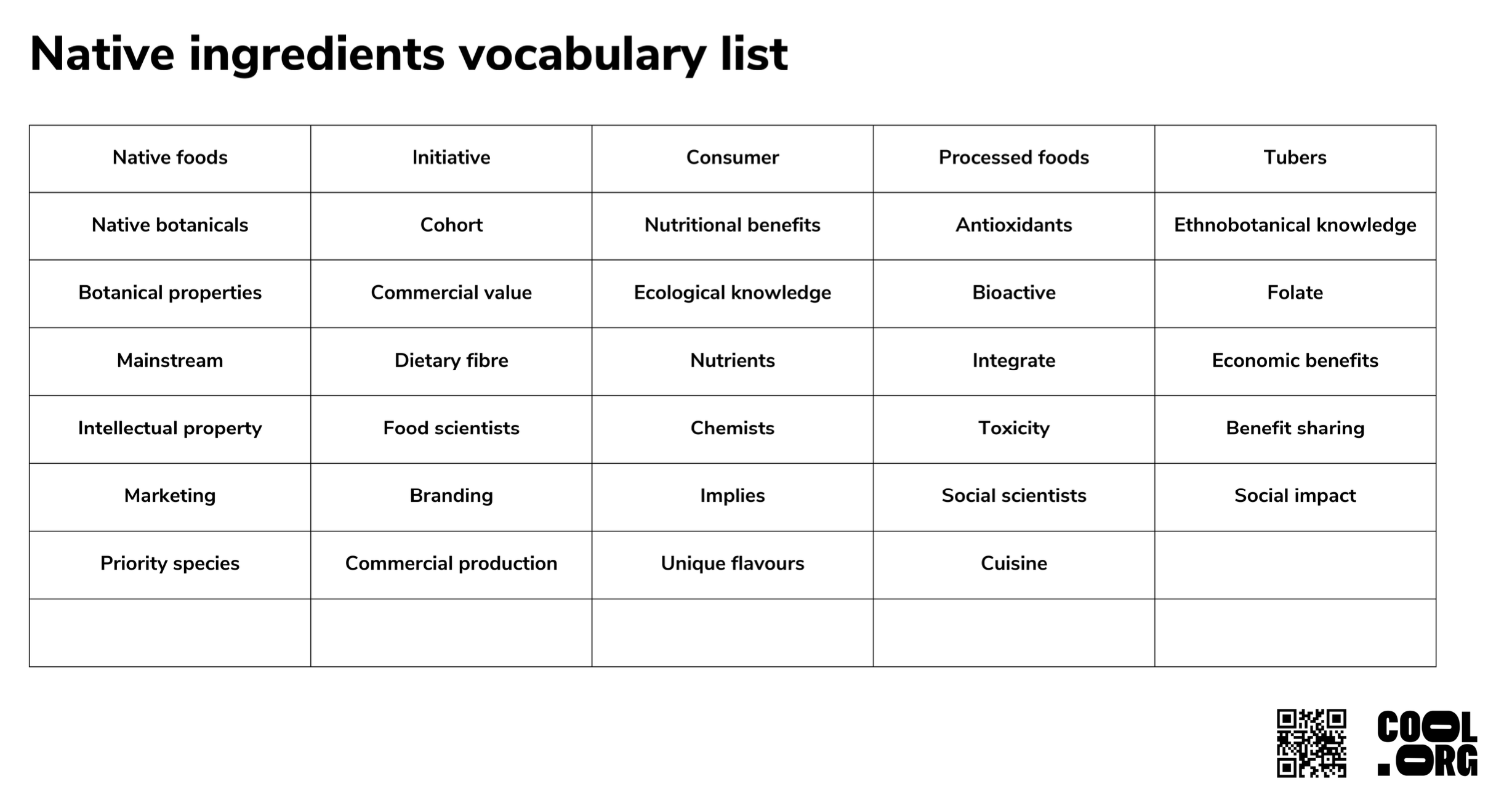
Curriculum links
Select your curriculum from the options below.
Lesson details
Skills
This lesson is designed to build students’ competencies in the following skills:
- collaboration
- communication
- cultural understanding
- digital literacy
Curriculum Mapping
Australian Curriculum (v9.0) content descriptions - Geography Year 9
Students learn to:
- understand the challenges to sustainable food production and food security in Australia and appropriate management strategies (AC9HG9K04)
- understand the environmental, economic and technological factors that impact agricultural productivity, in Australia and a country in Asia (AC9HG9K03)
General capabilities: Literacy, Critical and Creative Thinking
Cross-curriculum priority: Sustainability.
Relevant parts of Year 9 Geography achievement standards:
Students analyse the interconnections between people and places and environments. Students analyse strategies to address a geographical phenomenon or challenge using environmental, social or economic criteria.
UN Sustainable Development Goals
Target 2.4: By 2030, ensure sustainable food production systems and implement resilient agricultural practices that increase productivity and production, that help maintain ecosystems, that strengthen capacity for adaptation to climate change, extreme weather, drought, flooding and other disasters and that progressively improve land and soil quality
Target 15.3: By 2030, combat desertification, restore degraded land and soil, including land affected by desertification, drought and floods, and strive to achieve a land degradation-neutral world
Resources Required
- access to Padlet to upload TEDx Talks to
- coloured pencils/textas
- devices with internet access for students to use
- Native Australian Ingredients Vocabulary List
- paper
- Poster Rubric
- printer
- Search Strategies for Googling
- Student Worksheet - one per student
Additional Info
Level of teacher scaffolding: Low - teacher will need to ensure that students have submitted their posters and TEDx talks as well as helping supported students throughout the lesson.
Special thanks to:

This lesson has been developed with the support of the Macdoch Foundation.
This lesson includes video content of the brilliant new feature documentary from WildBear Entertainment, New Town Films and Regen Studios - go to Rachel’s Farm to see the entire film.
Cool.org's curriculum team continually reviews and refines our resources to be in line with changes to the Australian Curriculum.
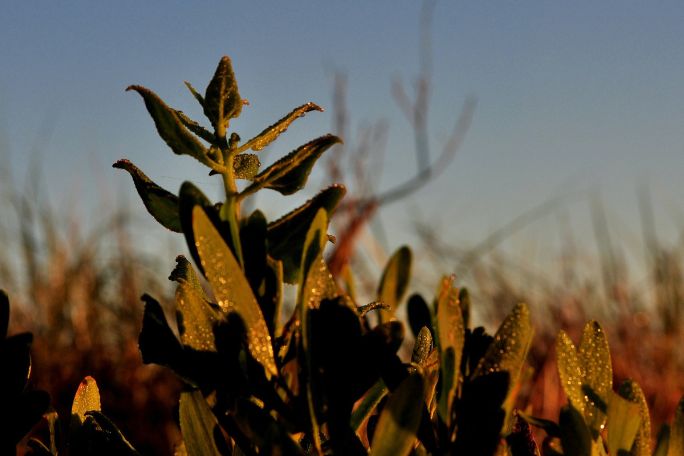
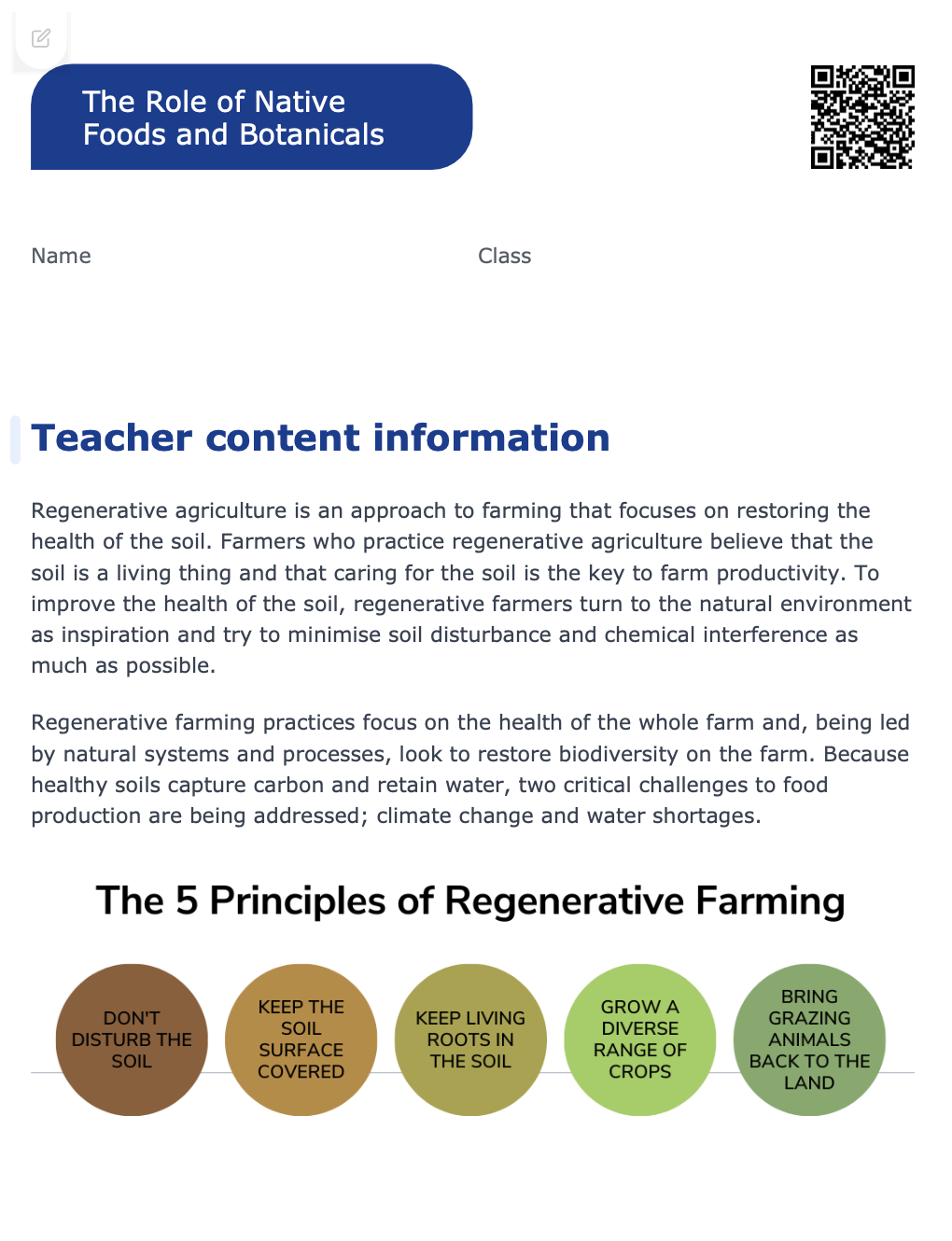
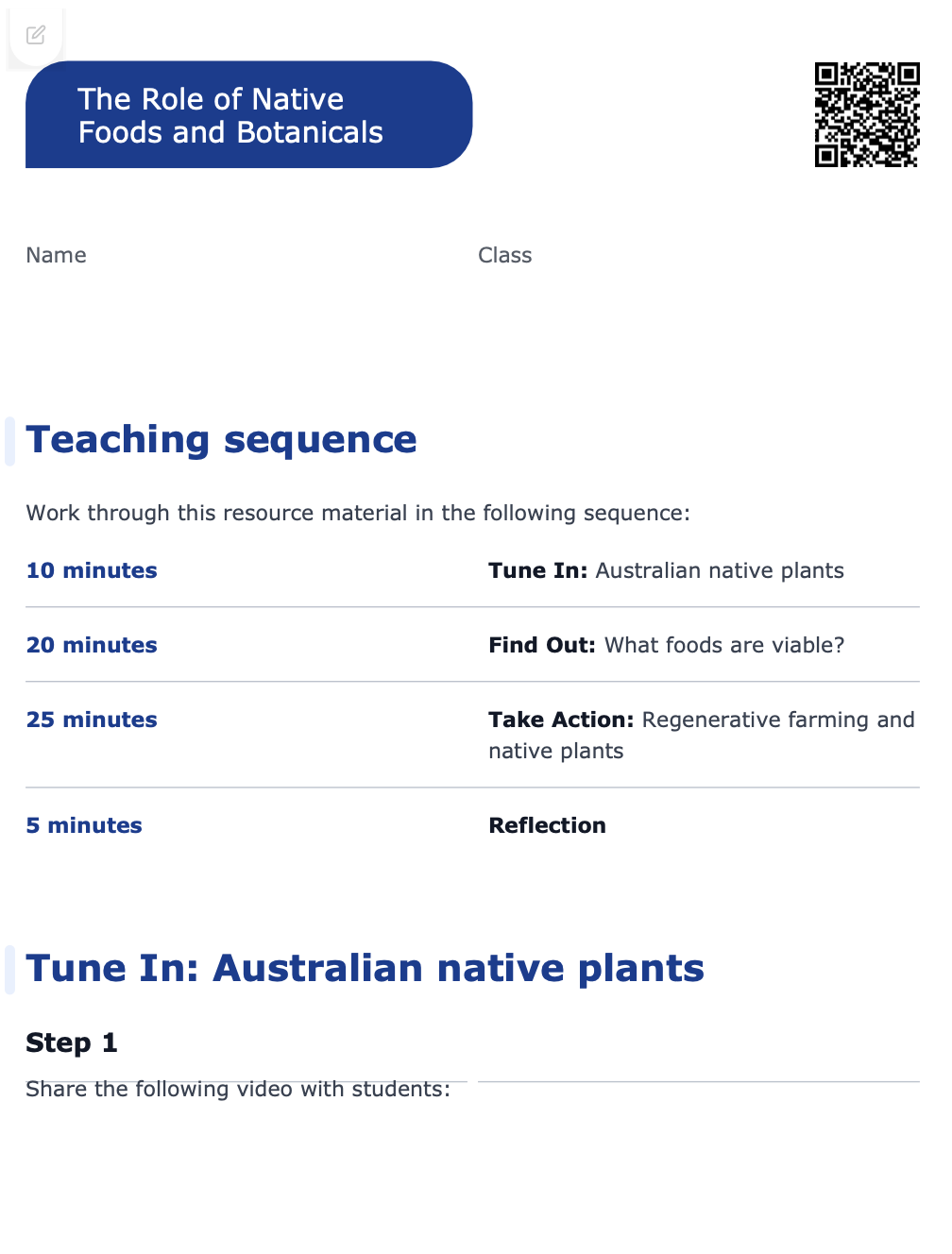

Welcome back!
Don't have an account yet?
Log in with:
Create your free Cool.org account.
Many of our resources are free, with an option to upgrade to Cool+ for premium content.
Already have an account?
Sign up with:
By signing up you accept Cool.org's Terms and Conditions(Opens in new tab) and Privacy Policy(Opens in new tab).